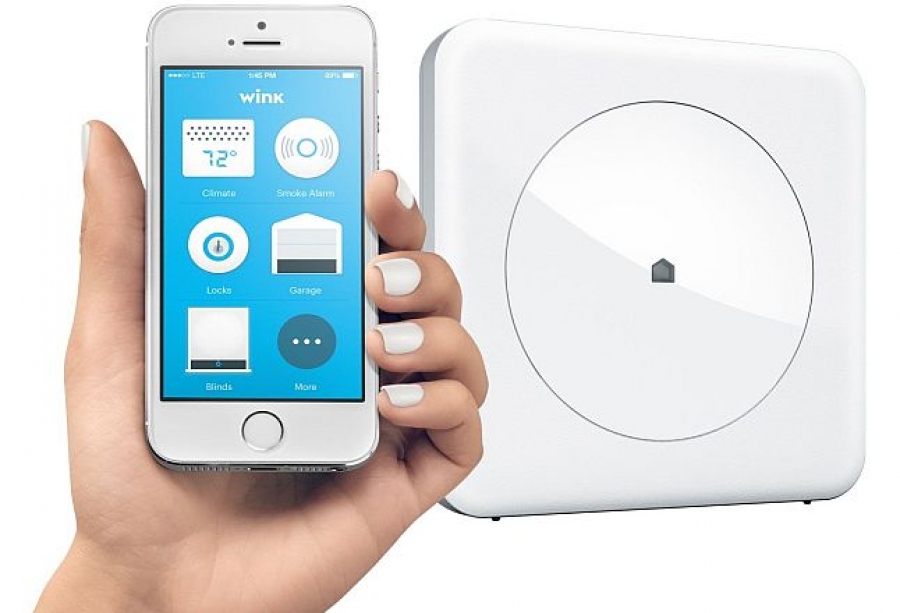Did you know that an automatic dishwasher uses less hot water than doing dishes by hand, which equals an average of six gallons less per cycle, or more than 2,000 gallons per year? Considering that an individual American uses about 2,000 gallons of water per month, that's a pretty significant number.
The idea of "going green" has come a long way in recent decades. In the 1950s, some kinds of energy efficiency weren't really a choice. From drying your clothes on a clothesline, to cutting your grass with a mechanical push mower, people often lived green without ever consciously considering their carbon footprint. These days, the story is a little different; you can't turn a corner or pick something up without seeing some kind of "save the earth" signage or packaging.
Reasons to Go Green
There are a plethora of reasons to go green, most falling into either the money-saving or the earth-saving categories. On one hand, you could seriously put some green back into your wallet with things like energy-efficient appliances, and green building tax credits and rebates. Also, simple things like carpooling, limiting eating out, and starting your own vegetable garden are great ways to save money and help the environment.
On the other hand, eco-friendliness means making your community and the planet a better place to live not only for us, but also for future generations. Examples of things you can do in your home are unplugging unused electronics to prevent "phantom" energy consumption, switching to LED light bulbs, conserving water by taking shorter showers, and using reusable items like Tupperware and canvas shopping bags rather than plastic.
Home Automation Technology
New advances in technology are taking much of the guesswork out of going green. With home automation systems like the Wink Hub and free app, you can control the settings on many of your home devices with the push of a smartphone button or even just with your voice. The Wink ecosystem interconnects all of your smart home devices either first through the Hub, or directly to the app. Wink's simplicity is one of its most attractive features: according to Home Depot technology professional and Wink test user, Ramesh Chaparala, "It's very, very simple and self-explanatory," continuing, "Installing the Hub is a no-brainer; in five steps you're connected."
What Can You Control?
With the Wink home automation ecosystem, you no longer have to "set it and forget it" when it comes to your home devices. You can control many of your smart devices from your couch, bed, work, or anywhere you are in the world. Here are just a handful of devices you can install in your home that will not only bring you into the 21st century, but also make your home a smoothly running, highly efficient machine.

Smart Thermostats
Thermostats are a great way to control your home's energy consumption, and when you apply smart technology, you can control it from anywhere. One Wink App Ready device is the Honeywell Wi-Fi Smart Thermostat, which not only adjusts to your schedule, uses automatic energy-saving settings, and Smart Response technology for precise temps, but also has a full-color, customizable screen to match your decorating scheme. You can be sure your home is aesthetically pleasing and at your exact desired temperature at all times.

Custom Window Shades
Motorized window shades allow for a clean, uncluttered look, are safer for pets and children with cordless technology, and help insulate your home with the setting of a timer or the push of a button. One quality option, Bali Custom Blinds and Shades with Somfy® automation & controls, utilizes a single control, wall switch, remote or programmable timer to operate single or multiple window coverings. Keep the shades drawn during summer to keep your home naturally cool, or leave them open in cooler months to let the sunshine warm your space.

Remote-Access LED Lights
Huge energy and money savings start by simply swapping out incandescent and even compact fluorescent light bulbs in your home for LED bulbs. LED solutions outlast incandescent and halogen bulbs up to 35 to 1, consume 85% less energy than incandescent bulbs, and emit less heat, which altogether drastically reduces replacing costs and landfill waste. Once you've decided to install LEDs, take it to the next level by installing smart light bulbs, like the TCP Connected Smart LED Light Bulb Kit with (2) A19 LED light bulbs. With this kit, you can remotely control lighting, dimming and smart lighting features from anywhere in the world with any computer, tablet, smart phone, or connected remote control. They have an estimated yearly cost of $1.32 and a life expectancy of 22.8 years (both figures based on three hours of use a day.)
Home Automation Technology is an Environmental No-Brainer
When it comes to eco-friendly new gadgets, it's clear that home automation takes the cake. Having nearly complete control of your energy-consuming home devices right at your fingertips is certainly a big step forward for earth-conscious homeowners. In addition to these devices, several other smart green products are energy sensors, HVAC systems, irrigation systems, and outlet controls.
Which environmentally friendly automated devices will you install in your home?
| Sarah Kellner is a DIY home-improvement writer for Home Depot in Atlanta. Sarah writes for homeowners on topics ranging from appliances to kitchens to home automation. You can view many of Home Depot's home automation products on the company's website. |









